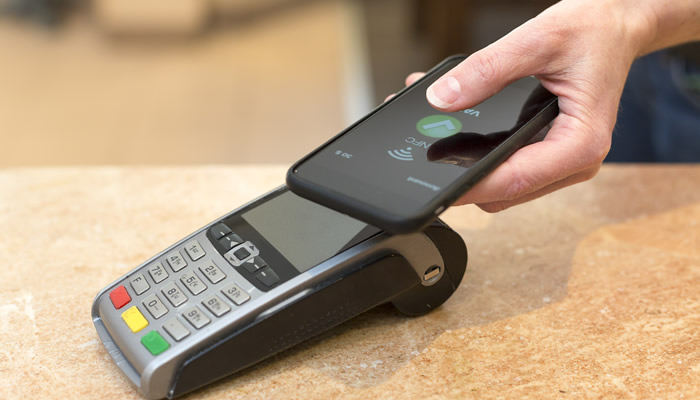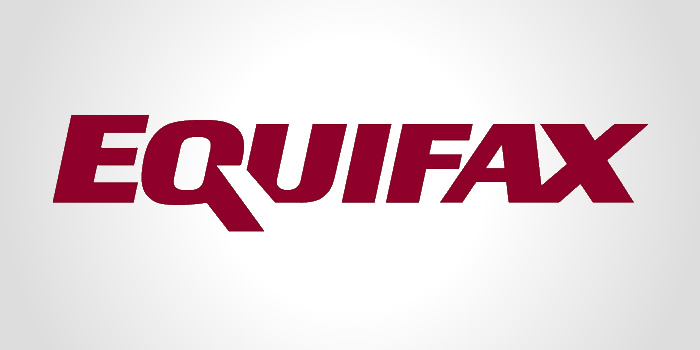
Credit card use has helped fuel a push towards a cashless society. We’re not just using our credit cards for big purchases, we’re making small purchases with our credit cards, too. Credit card transactions have been increasing each year, but that could soon change. Mobile payments could soon give Chip-and-PIN credit cards transactions a run for their money.
What is Mobile Payment?
The term “mobile payment” is thrown around a lot, but do you understand what it truly means? A mobile payment is a payment processing system that lets you pay for goods and services by waving your smartphone in front of a reader.
Mobile payment isn’t a standalone payment method. It needs your credit card to work. With mobile payment, your credit card information is stored on your smartphone. When you’re ready to make a purchase, you simply tap the app and wave your NFC (near field communication) capable phone over the NFC reader. You’ll still want to carry your credit card in your wallet. Mobile payment is only for small purchases. For example, Apple Pay can only be used for purchases under $100. For this reason, you’ll still want to carry your credit card in your wallet.
Credit Cards and Mobile Payments: Americans vs. Canadians
When we look at credit cards and mobile payments, it’s interesting when we compare Canada to the U.S. Canada is ahead of the U.S. when it comes to credit cards technologies. Security advancements like Chip-and-PIN are prevalent in Canada, while many Americans are still swiping their credit cards to make purchases. Even with millions of new Chip cards sent to American consumers, the process is generally Chip-and-Sign, much to the chagrin of many who were excited for Chip based transactions in the U.S. This is contract to mobile payments, where However, Americans have been enjoying mobile payment for months, while Canadians are just getting a taste of it.
Although Americans have a head start on mobile payments, look for their adoption to be a lot faster in Canada. For Americans, tapping their phone took some getting used to, but with Canadians already tapping their credit cards with MasterCard PayPass and Visa payWave, there shouldn’t be as much of a learning curve.
The Big Banks Sign onto Apple Pay
Canada’s big five banks recently made headlines by signing onto Apple Pay. Royal Bank and CIBC customers are already enjoying Apple Pay on their iPhones with the other banks to follow. Apple Pay was supposed to take Canada by storm, but its reception has so far been lukewarm. That’s not a knock against Apple Pay – it’s just because the big banks have taken so long to partner up.
A payment method is only as useful as the merchants that accept it. Previously you were hard-pressed to find a retailer who accepted Apple Pay. That’s quickly changing. Big retailers like McDonald’s, Tim Hortons, Canadian Tire, Starbucks and even the TTC are accepting – or will soon be accepting – Apple Pay.
There’s nothing more annoying than losing your wallet. But with mobile payments, you may soon be able to leave your wallet at home. Not only is mobile payment more convenient, it’s more secure. A phone is tougher to steal than a credit or debit card. And even if a thief makes off with your phone, it will generally be protected with a password.
The Bottom Line
Mobile payment is only in its infancy in Canada. The big banks signing on is a good sign it’s here to stay. Although mobile payment is convenient, similar to your credit card it’s important to use it responsibly. The fact that some of us glance at our smartphone 100 times or more a day means there’s an even greater risk to overspend. Treat mobile payment like cash and stop and think before you make purchases. Your virtual wallet will thank you.




